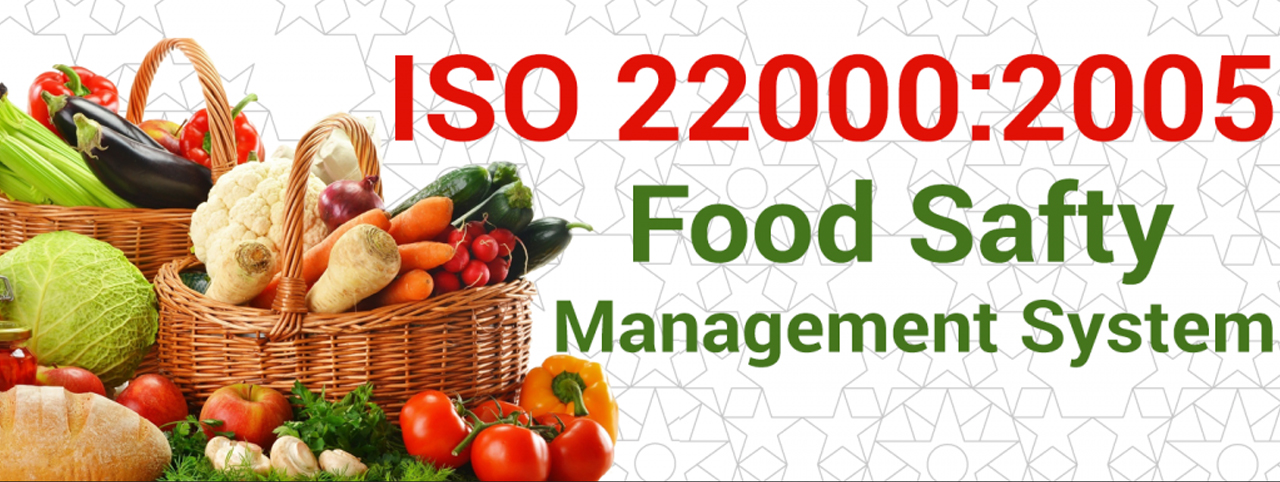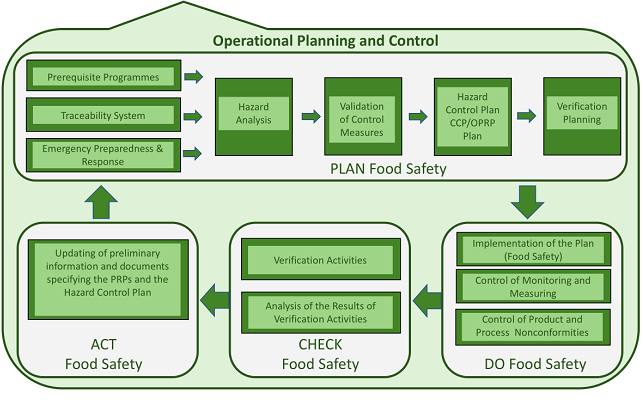- +44 800 052 2424 +44 800 052 2425
- info@ukglobal.uk www.ukglobal.uk

BASIC INTRODUCTION OF ISO 22000:2018 Certification ISO 22000, Food safety management systems - Requirements for any organization in the food chain, was first published in 2005. The standard provides international harmonization in the field of food safety standards, offering a tool to implement HACCP (Hazard Analysis and Critical Control Point) throughout the food supply chain. HISTORY OF ISO 22000:2018 Certification Since the first publication of ISO 22000 in 2005, users along the supply chain have been facing new food safety challenges – spurring a need for the standard to be revised. ISO 22000 standard was published in June 2018. |
ELEMENTS OF ISO 22000:2018 The key elements can be described as follows: Involvement of the management team Communication The HACCP (Hazard Analysis & Critical Control Point) principles System management Prerequisite Program |
OBJECTIVE SAMPLE OF ISO 22000 Examples can include goals to improve on time delivery, defects, and controlling of OHS risk & reduction in Lost Time Injury Rate, The objectives should be designed to be S.M.A.R.T (specific, measurable, achievable, realistic and time-based): Examples of FSMS Objectives:
|
BENEFITS OF ISO 22000:2018
|
 |